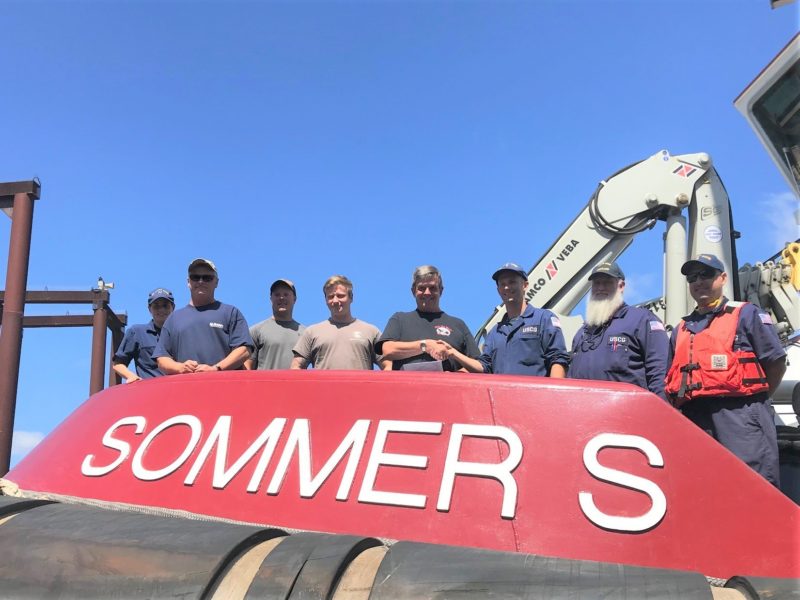Crew change just got a lot more complicated and risky. And everything else is now more complex, too.
From grub shopping to gauging a barge to visiting mechanics on board, every routine interaction with people has become a potential source of infection from a microbe officially referred to as Severe Acute Respiratory Syndrome Coronavirus 2 (or SARS-CoV-2), which causes coronavirus disease (Covid-19).
This highly infectious virus will continue to wreak havoc around the world for the foreseeable future. Covid-19’s effects on each individual can be wildly different. It can be anything from completely asymptomatic but still infectious to just a runny nose with a little fever to moderate flu-like symptoms to full-blown viral pneumonia so severe as to cause ground glass opacification (GGO) in the lungs. Yes, GGO is even more horrible than it sounds. And if the disease hits you bad enough to land you in an intensive-care unit then the chances that you will also need to go on a ventilator go way up. And going on a ventilator is something none of us want anything to do with.
It’s fair to say that, given the circumstances, you want to spare no effort to stay out of a hospital or any kind of healthcare setting if you can possibly avoid it. If you go to an emergency room virtually anywhere in the U.S., even for something relatively minor like a few stitches, it potentially exposes you to the virus.
What is the level of risk? We don’t know, but it’s there. And it can be brought back to a boat, where it would doubtlessly spread in close quarters.
As a practical matter, anyone going ashore for any kind of healthcare in an institutional setting should not come back. So be extra careful.
Most mariners, including commercial fishers, are by definition essential workers. The public needs us to do our jobs. To do that we need to stay healthy and safe. Which means that all mariners really need to take this virus very seriously.





